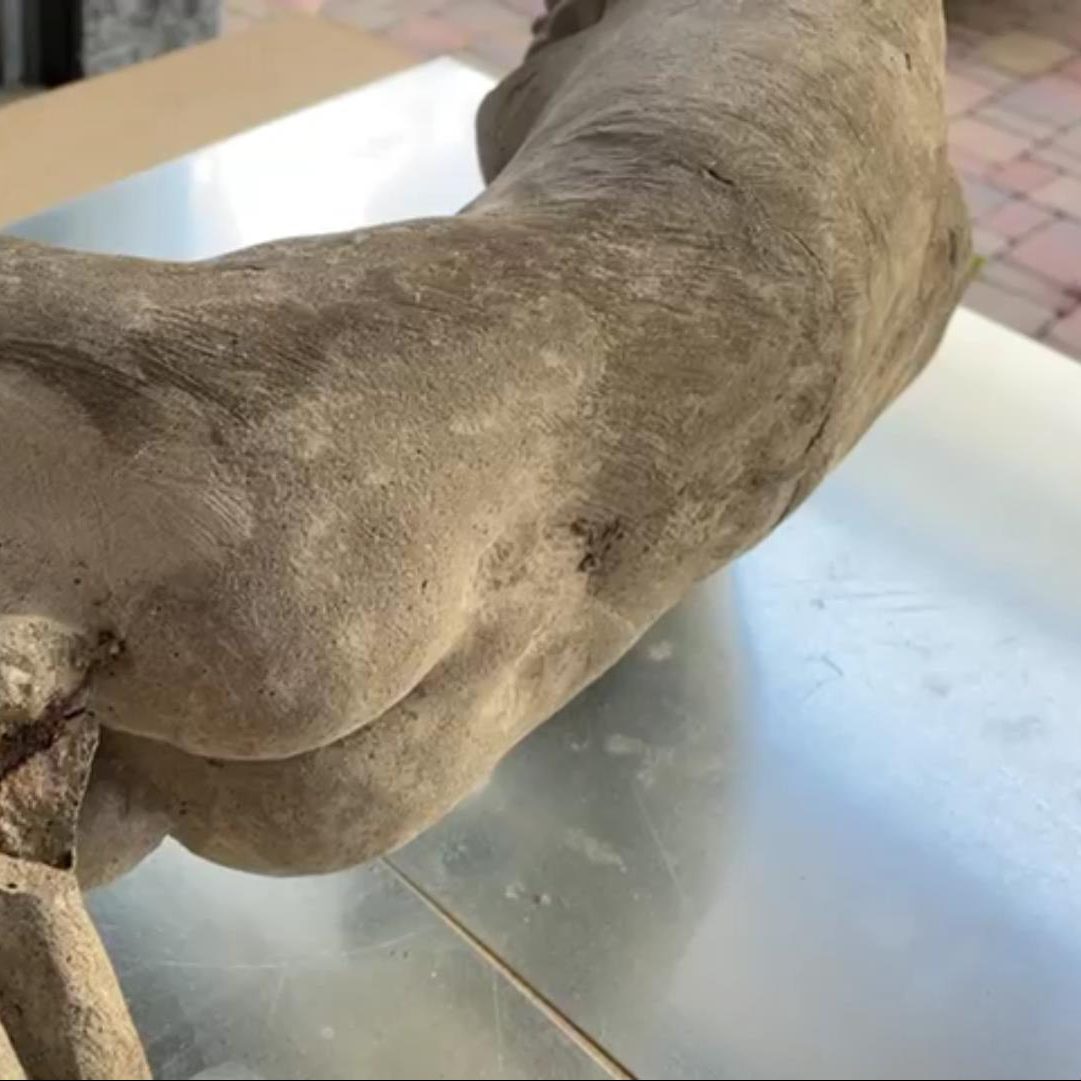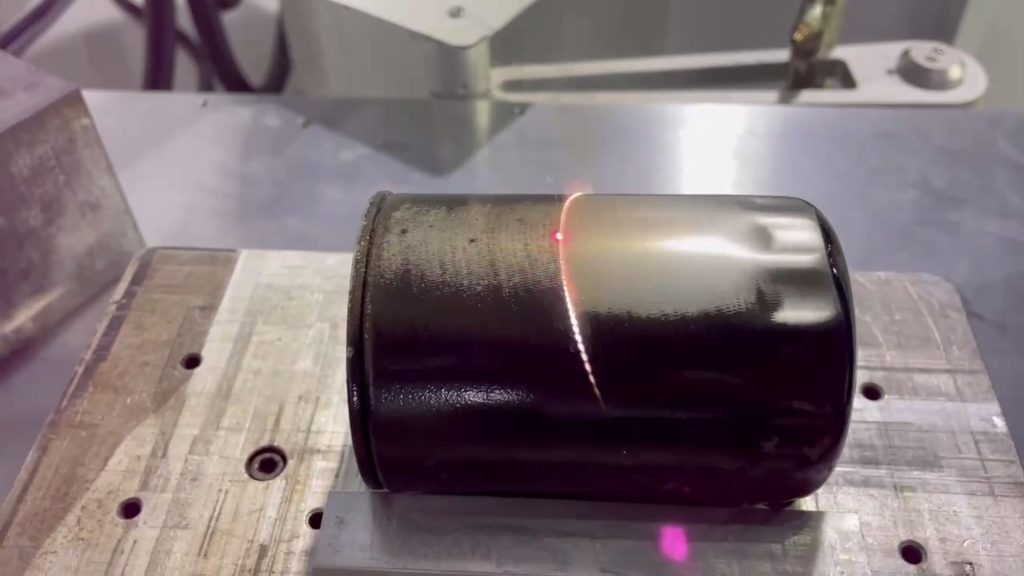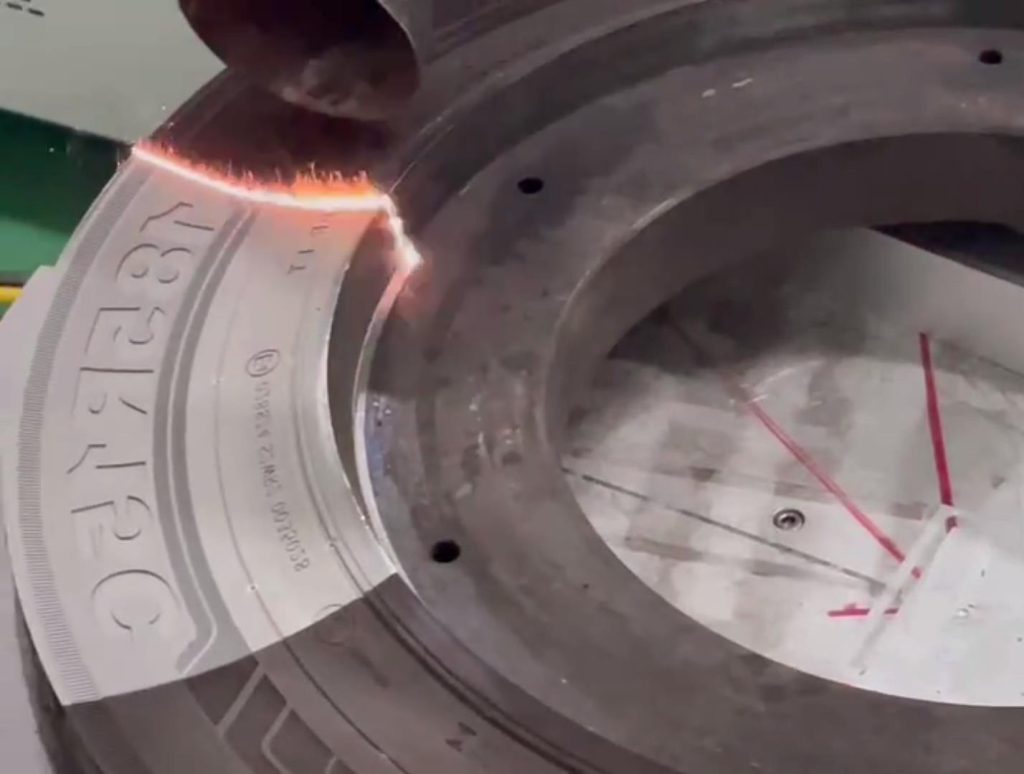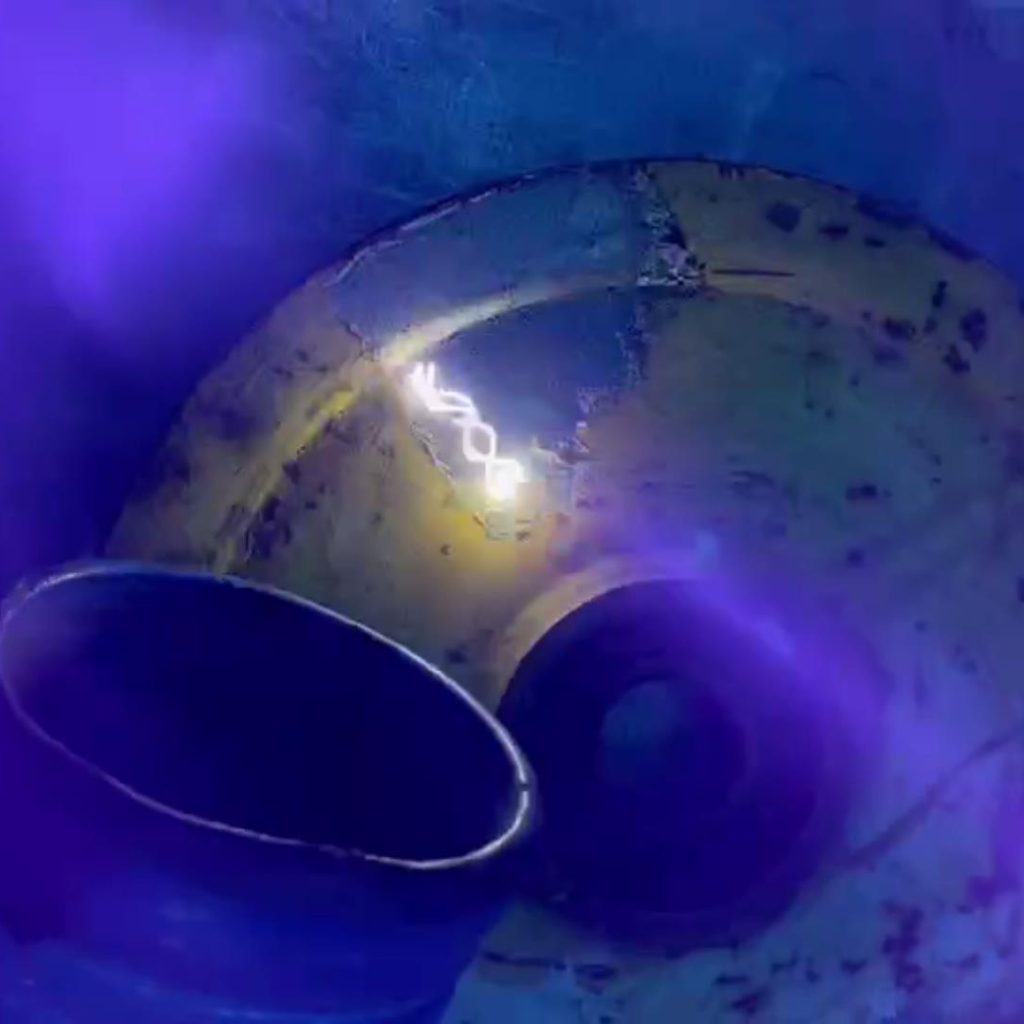Laser Cleaning Technology: The Future of Art Restoration and Cultural Preservation
The preservation of art and cultural heritage is of utmost importance, as it is our link to past civilizations and their achievements. However, the restoration and conservation of priceless artifacts come with challenges, mainly due to the delicacy of the materials and the complexities involved in the cleaning process. That’s where laser cleaning technology comes in – an innovative and powerful solution to address the challenges of art restoration and cultural preservation.
Laser cleaning technology is a revolutionary method of cleaning, which involves the utilization of laser beams to remove dirt and impurities from various surfaces. Laser cleaning is a non-contact technique that does not cause damage to the surface, which makes it ideal for cleaning a wide range of materials, including ceramics, metal, glass, and even textiles. In the art and cultural heritage sector, laser cleaning has been successful in cleaning artworks, sculptures, and other artifacts that have been damaged by environmental factors.
One of the main advantages of laser cleaning technology is its precision. The laser beam can be focused on the smallest details, allowing conservators to reach inaccessible areas that would be difficult or impossible to clean otherwise. Additionally, laser cleaning can penetrate the layers of dirt and grime on delicate surfaces, such as paintings and sculptures, without affecting the underlying material. This makes laser cleaning a cost-effective, efficient, and time-saving method for art restoration and cultural preservation.
Moreover, laser cleaning is environmentally friendly, as it does not use harsh chemicals that can harm the artifact or the conservator. This method produces minimal waste and does not contribute to pollution, making it a sustainable option for conservators and restorers.
The applications of laser cleaning technology in the art and cultural heritage sector are limitless. Laser cleaning can be used to clean metal objects, such as ancient coins and metal jewelry, effectively removing tarnish and rust while preserving the underlying metal. Laser cleaning can also remove graffiti from historical buildings and sculptures, restoring them to their former glory. Furthermore, laser cleaning has been used to remove encrustations and deposits from glass objects, including stained glass windows, vases, and bottles.
In summary, laser cleaning technology has revolutionized the art restoration and cultural preservation sector. The precision, efficiency, and sustainability of this method make it the future of art restoration and cultural preservation. However, it is essential to remember that laser cleaning should always be performed by trained professionals, as the incorrect use of lasers can cause irreversible damage to the artifact.





